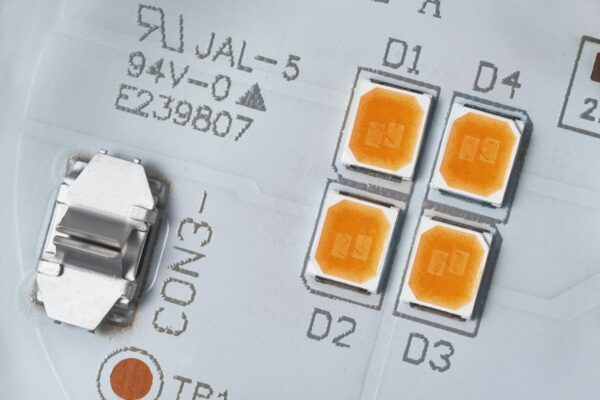What is Liquids
Liquids refer to compounds that are pale-yellow viscous substances. These liquids are characterized by their hydrophobic nature, meaning they repel water, and their low solubilities in water. Instead, they exhibit high solubilities in organic solvents, oils, and fats.
One important property of these liquids is their low vapor pressure, which indicates that they do not easily evaporate. They also possess dielectric constants of 2.5-2.7, reflecting their ability to store electrical energy in an electric field. Additionally, they demonstrate high thermal conductivity, enabling efficient heat transfer.
These liquids have high flash points, ranging from 170 to 380 °C, which denotes the minimum temperature at which they can ignite when exposed to an open flame. Their density varies from 1.182 to 1.566 g/cm3, representing their mass per unit volume.
It is worth noting that the physical and chemical properties of these liquids can vary significantly within the class. As the degree of chlorination increases, the melting point and lipophilicity (affinity for fats and oils) increase, while the vapor pressure and water solubility decrease.
In the PCB industry, these liquids are valued for their resistance to acids, bases, oxidation, hydrolysis, and temperature changes. This resistance makes them desirable for various industrial applications. Be cautious as these liquids can generate highly toxic dibenzodioxins and dibenzofurans through partial oxidation.
Furthermore, these liquids have the ability to penetrate materials such as skin, PVC (polyvinyl chloride), and latex (natural rubber). Therefore, materials like Viton, polyethylene, polyvinyl acetate (PVA), polytetrafluoroethylene (PTFE), butyl rubber, nitrile rubber, and Neoprene are considered to be resistant to these liquids.





